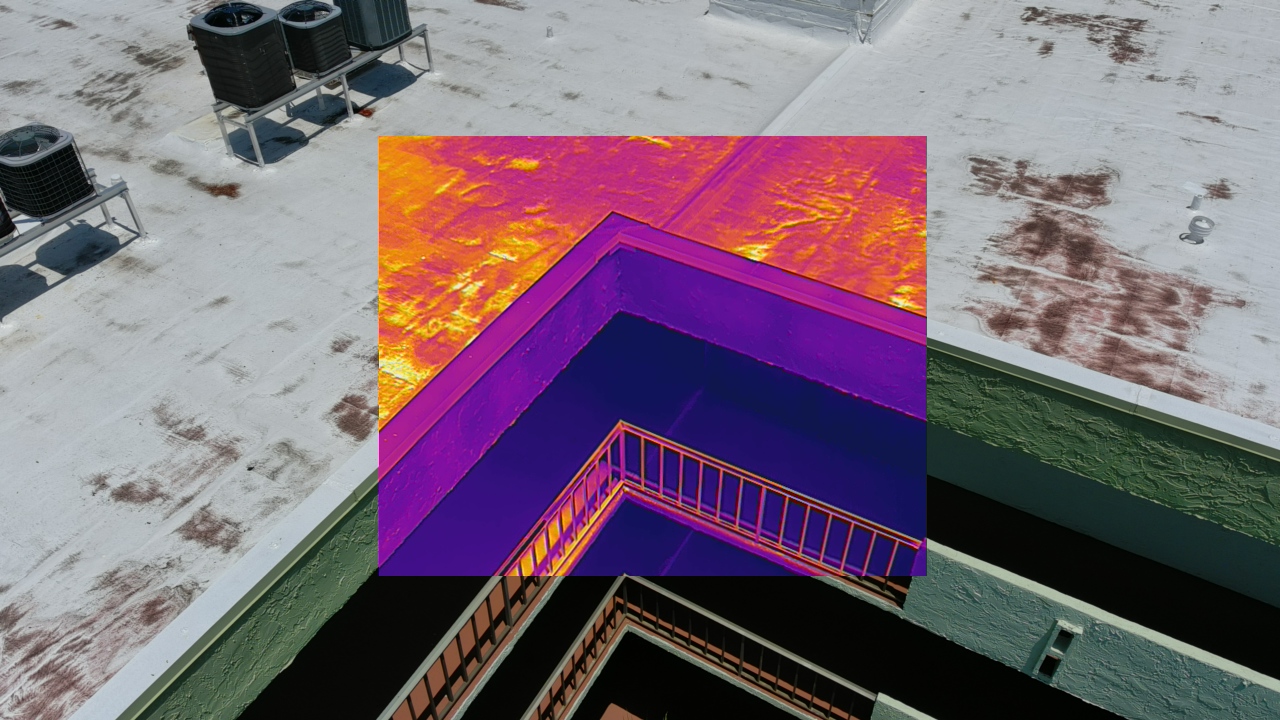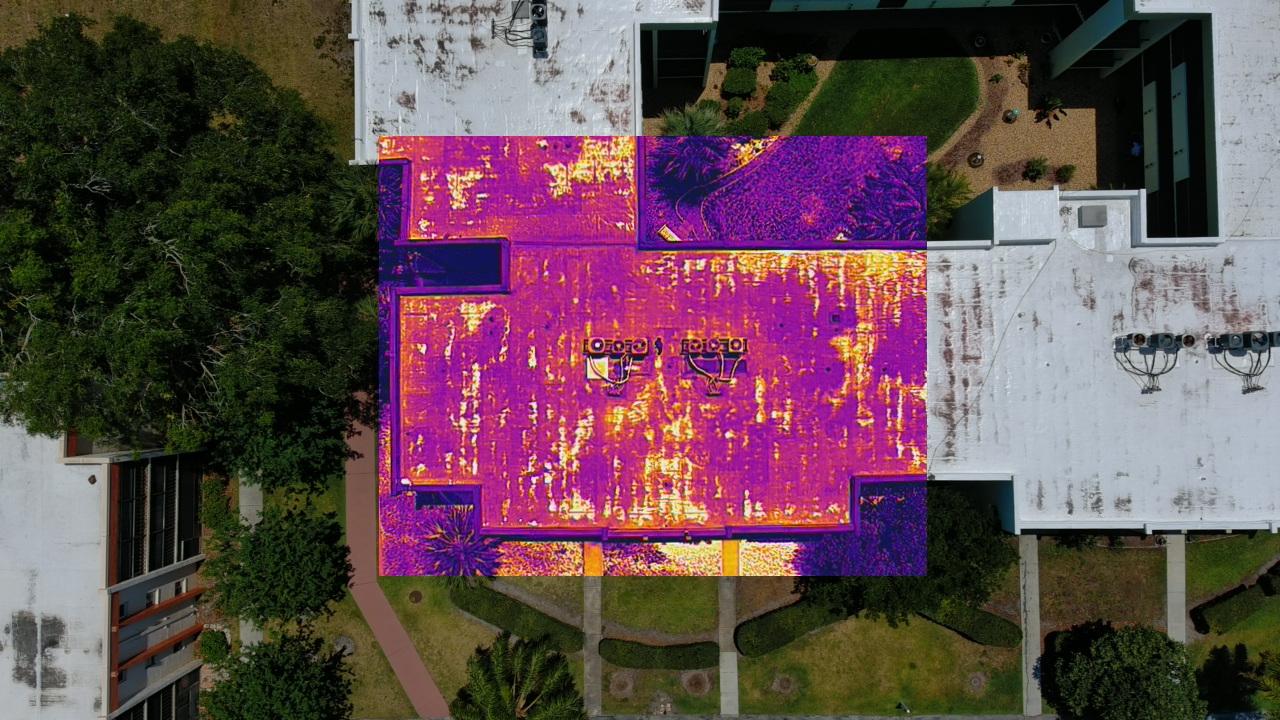Forensic engineering, the application of engineering principles in investigating and analyzing failures, accidents, and other incidents, plays a crucial role in determining liability, preventing future disasters, and ensuring justice. Traditional methods of forensic engineering evaluations often relied on manual inspections and limited data collection techniques. However, the advent of drone technology has revolutionized the field, particularly with the introduction of drone thermography. In this blog post, we will explore the exciting possibilities and advantages offered by drone thermography in forensic engineering evaluations.
Enhanced Data collection
Drone thermography combines the benefits of aerial surveillance and thermal imaging to provide forensic engineers with unparalleled access and data collection capabilities. Drones equipped with thermal cameras can effortlessly capture high-resolution images of large-scale structures, such as buildings, bridges, and power plants. These thermal images can reveal temperature variations, hidden defects, structural anomalies, and even fire hotspots that are invisible to the naked eye. The ability to collect comprehensive data quickly and efficiently significantly enhances the accuracy and reliability of forensic engineering evaluations.
Safety and Accessibility
Forensic engineering often involves investigating hazardous or hard-to-reach areas, such as damaged rooftops, collapsed buildings, or dangerous industrial sites. In the past, engineers had to resort to risky manual inspections or costly scaffolding setups. However, drone thermography eliminates these challenges by providing a safe and accessible solution. Drones can be maneuvered remotely, reducing the need for human presence in dangerous environments. Moreover, the ability to fly at various altitudes and angles allows forensic engineers to capture critical visual and thermal data that would otherwise be difficult to obtain.
Time and Cost Efficiency
Time is of the essence in forensic engineering evaluations. Traditional methods, which involved manual inspections or the use of cranes and scaffolding, often took days or even weeks to complete. In contrast, drone thermography expedites the evaluation process. Drones can swiftly cover large areas, capture extensive data sets, and provide real-time streaming to forensic engineers on the ground. The ability to quickly identify potential issues and collect accurate data reduces the investigation timeline significantly. Additionally, the cost savings associated with drone inspections, such as avoiding expensive equipment and reducing labor hours, make it an economical choice for forensic engineering evaluations.
Integration with Advanced Analysis Techniques
Drone thermography seamlessly integrates with advanced analysis techniques, further enhancing the depth and accuracy of forensic engineering evaluations. The captured thermal images can be processed using specialized software to generate detailed reports, temperature maps, and 3D models. These tools enable engineers to precisely identify and visualize areas of concern, predict potential failure points, and simulate different scenarios. The combination of drone thermography and advanced analysis techniques empowers forensic engineers to make informed decisions, recommend targeted remedial measures, and provide expert testimony with increased confidence and credibility.


Drone thermography has revolutionized the field of forensic
engineering evaluations by providing enhanced data collection, improving safety
and accessibility, increasing time and cost efficiency, and integrating with
advanced analysis techniques. This technology has not only expedited the
investigation process but has also improved the accuracy and reliability of the
findings. With its ability to capture critical visual and thermal data from
aerial perspectives, drone thermography has become an indispensable tool in the
forensic engineering toolbox. As this technology continues to evolve, we can
expect even greater advancements in the field, paving the way for a safer and
more efficient built environment.